Richie Ginther, Motor Racing’s Free Thinker
My interest in motor racing was waxing as Paul Richard Ginther’s was waning. I doubt if I was the only young enthusiast whose knowledge of Ginther began with the fact that he’d won a Grand Prix in a Honda and ended with the rumor that he had latterly become an off grid hermit.
The only other thing I knew was that Ginther had a face that could only have belonged to a special type of American. He epitomized the wiry little tough guy with the “can do” expression, the guy repairing the Grumman Hellcat in the Battle of Midway or the everyman GI storming Omaha Beach on D Day. Until I read this long overdue book, my knowledge of Ginther’s career arc had remained virtually non-existent for half a century. In mitigation, I can plead that my enquiries reveal that, a few magazine articles aside, the only Ginther biography was a 7000-word ebook published in 2016.
Richard Jenkins has remedied that void in his forensically researched book and, for this reviewer, he has also kindled an interest in both Ginther the man and the era in which he raced. This 130-page softback is printed on high-quality gloss paper and measures 8 x 10 inches. If you’re thinking “Hold on, only 130 not very big pages, that’s a definitive biography?” then don’t worry, because detail is one thing this book doesn’t lack. The modest page count is attributable to the small print used for the text, not a lack of source material. The print size only narrowly escapes the charge of being too small, and a good reading light certainly aided my enjoyment of Jenkins’ work.
Before I discuss the text, let me talk about the illustrations. Just one adjective is all I need, because they are wonderful. There are scores of them, some in black and white but a surprising number, even of Ginther’s early career, are in color. Nearly every one is arresting, and full of the sort of period detail that complements the narrative perfectly. Their sources range from well-known figures in our world—the Grand Prix Library, Ted Walker’s Ferret Fotographics—to family members such as Cleo Davidson, and also include names unfamiliar to me such as Jack Fooshee and Günther Asshauer.
It isn’t easy to pick favorites from this embarrassment of photographic riches but I must highlight three pictures, because each is of extraordinary quality, and each marks a key stage in Ginther’s career. The first is of Richie’s Ferrari 500 Mondial at Sacramento in 1956, the driver a study in concentration, the rear of the car squatting down under acceleration with the front wheel barely touching the ground. The second is a full page, black and white portrait of Ginther’s BRM P261 at the Nürburgring in the 1964 German Grand Prix. The fact that both front wheels are airborne is testament to the car’s velocity and the driver’s commitment, but it is the setting that makes the picture arresting. The car is in the foreground, but it is the background which is unforgettable, and it is eloquent testimony to a lost age of Grand Prix motor racing. Under a forest of tall pines, separated from the track only by a simple post and rail fence, is a sparse group of twenty spectators. Some lean against the top rail, and one group reclines in Dejeuner sur l’herbe homage. No, this scene does not resemble a modern Grand Prix in even the remotest respect. My final choice is of Ginther driving the Eagle-Weslake at Monaco in 1967. He failed to qualify, but the image of the most sublime Formula 1 car of the Sixties, the snake-pit of exhausts glinting in the sunlight, with the sparkling harbor only feet behind, is stunning. I can think of no better place and no better car in which to play out one’s swansong.
The author takes a straightforward approach to this biography, starting with Ginther’s early days in Hollywood Heritage, continuing with fourteen titled (but un-numbered) chapters and concluding with Richie Ginther’s Legacy. There is also a complete set of race results, which is invaluable, and also much longer than I had expected.
Ginther had no formal basic training in engineering but from the account of his early years it is clear that he soaked up knowledge from everywhere he could and derived real joy from machinery—“especially specialised machinery, cameras, guns, fighter planes, race cars, something with a single intent.” This autodidact engineer applied his knowledge throughout his life, most famously when he used his experience at Douglas Aircraft to create his greatest legacy, the tail spoiler. This was in 1961, at Monza, when the new, mid-engined Ferrari Tipo 246 sports racing car was misbehaving at high speed and, in Ginther’s words, the simple solution “was practical experience, not science.”
The author describes a man who didn’t fit the stereotypical race car driver template, those guys who regard a race car as a mere tool in which to achieve personal glory. How many of Ginther’s peers (let alone modern Formula 1 drivers) would ever say “I can’t endorse abusing the car to stay in front”? Most drivers, regardless of era, loathe the rigor of testing but Ginther revelled in it, but only on condition that he also had a recognized engineering role too. I can easily imagine the joy Ginther took in those long hot days spent testing at Modena, and there is a lovely small picture of him there with Wolfgang von Trips. They lean on a Fiat Millecinquecento saloon, the German pointing out a detail on the shining red Sharknose Ferrari 156, perhaps the very same car in which he was killed at Monza in 1961.
And what of Ginther the racer? Everybody knows that Stirling Moss’ finest race was the Grand Prix of Monaco in 1961 but how many of us know that it was Ginther’s day of days too? He ended up second, with joint fastest lap, and by doing so he cemented his reputation as a serious Grand Prix driver: “That was certainly the best race I ever drove and when Stirling said it was his too, I felt incredibly proud.” But the price Ginther paid was a lifelong rift with his compatriot, friend and sometime co-driver Phil Hill, arising from his anger that Hill, his Ferrari team mate, had blocked him. As Jenkins puts it, “Richie…appears to have had a near 30-year humungous chip on his shoulder.”Four years later, driving the raucous, V12-powered Honda RA 272, Ginther won his only, and Honda’s first Grand Prix. Just looking at the picture of one of the opening laps tells you everything, with the white and red Honda already a speck in the distance ahead of the pack. As Ginther said “Out of the third turn, I looked in my mirrors and thought there had been an accident.”
But within a couple of years, Ginther’s driving career was done, ending with an ignominious DNQ at the Indy 500 on the last day of May 1967. He then moved to team management, notably with Elliott Forbes Robinson before, in the author’s words, Ginther decided “to really experience life to its fullest.” He died in 1989, fourteen years after retiring to explore “A Whole New World” with his wife Cleo.
I think this book’s greatest achievement is to debunk the lazy shorthand which too many writers have employed to dismiss the rest of Ginther’s life. Such as the words used by Motor Sport to summarize Ginther’s career in 2005: “One hit wonder turned hippy.” This is a cynical dismissal of a complex and nuanced career that enjoyed triumph as well as enduring tragedy, and it is to Richard Jenkins’ great credit that he debunks the myth of Ginther’s “decline.” The truth was that, unlike so many retired drivers who drift around race paddocks, as if they need the oxygen of a race circuit simply to survive, Ginther eschewed the Banquo’s Ghost role and found a new life to live. It wasn’t some new age hippy thing at all, but simply the sort of life many retirees opt to lead. The fact is that Ginther’s new life was anything but remarkable. There was travel, an interest in Native American culture, gardening, and keeping touch with old friends like John von Neumann and Honda’s Yoshio Nakamura. He read too, but Tolkien was as close he got to hippy bibles such as Zen and the Art of Motorcycle Maintenance. And how touching it was to learn that he was also a devotee of James Herriot, the veterinary surgeon who practiced a five-minute walk away from where I write these words. Ginther enjoyed his booze too much perhaps, but that was hardly unusual for a man of his generation.
I learned a lot from this book about the tough little guy who raced for Ferrari, Cooper, BRM, Honda and Eagle in Grands Prix, for Ford and Ferrari at Le Mans and so much more. And does it really matter that, without the mechanical sympathy that had made him such a gifted test driver/engineer, there might have been more than one Grand Prix to his name? After reading this book I don’t think it matters a damn—and I have Richard Jenkin’s masterful research to thank for enabling me to take that view.
Won 2020 Royal Automobile Club Motoring Book of the Year.
Copyright John Aston, speedreaders.info 2020


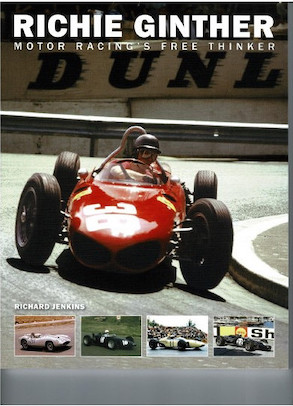
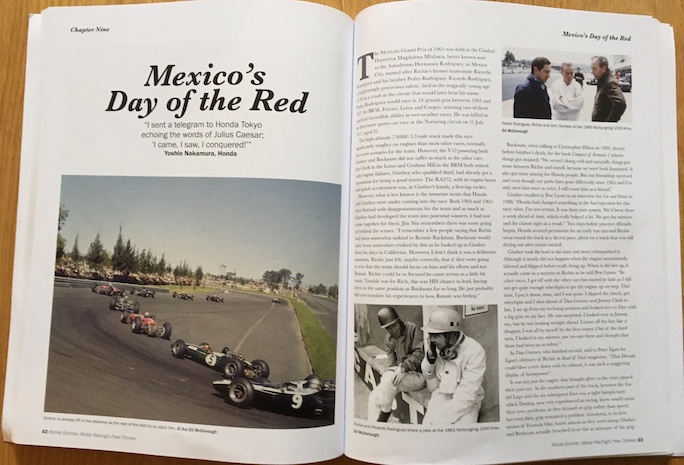
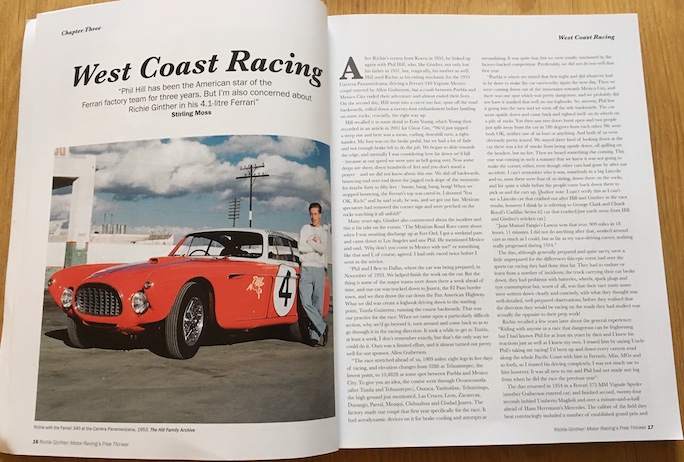
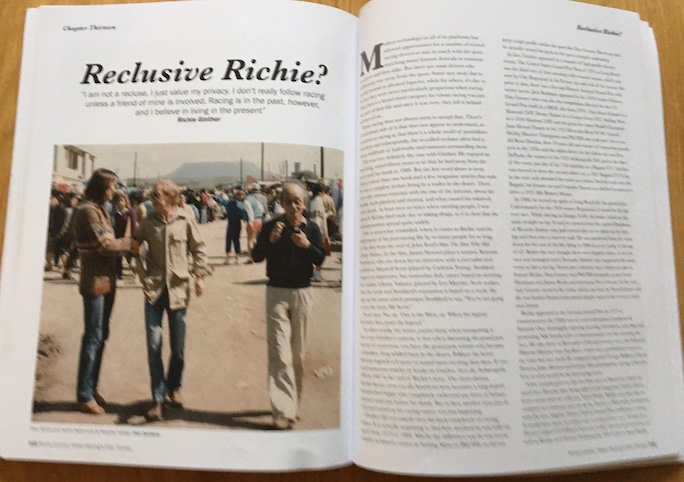
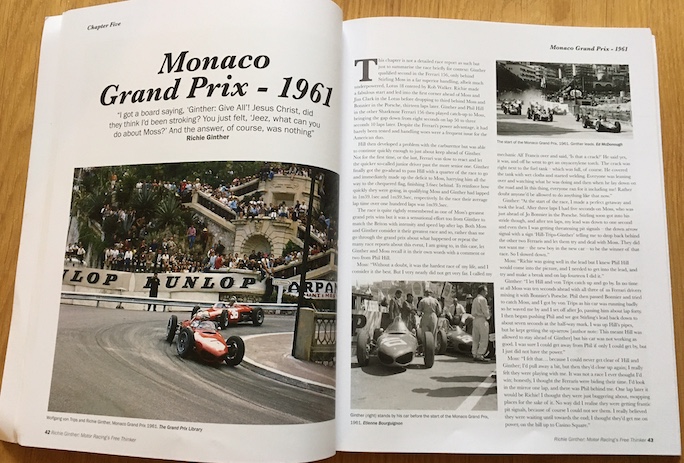
 RSS Feed - Comments
RSS Feed - Comments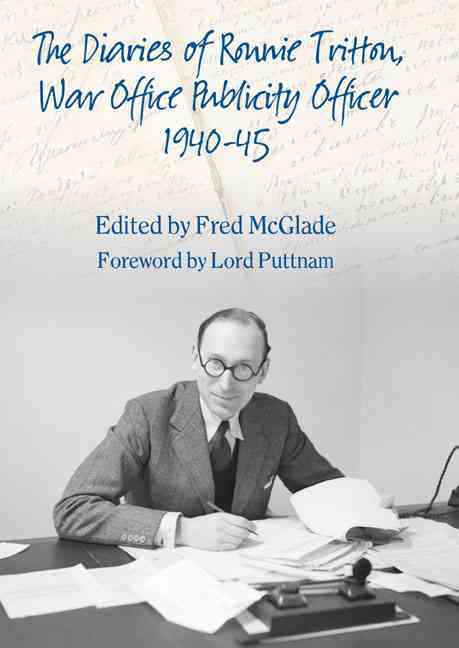
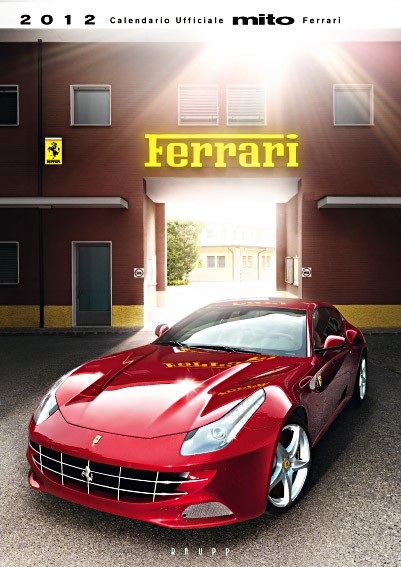





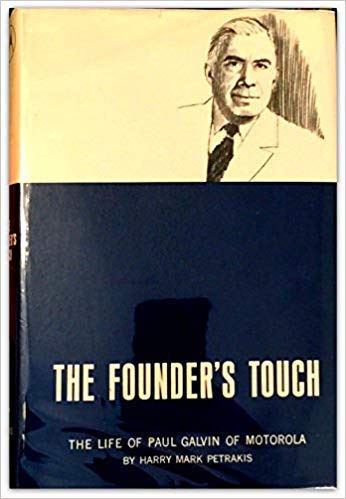



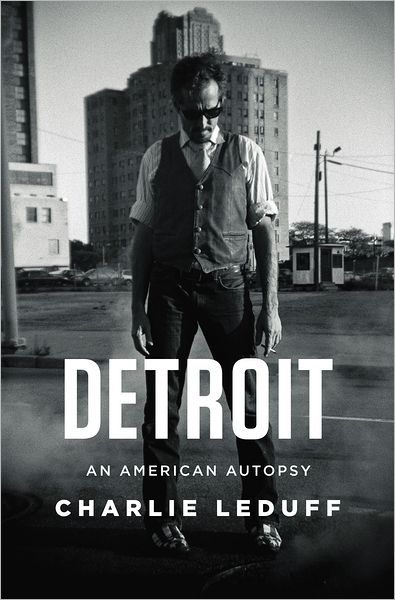
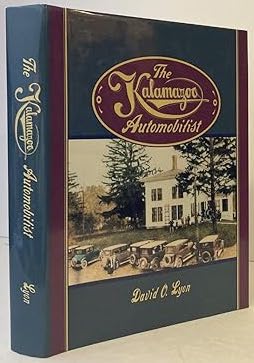

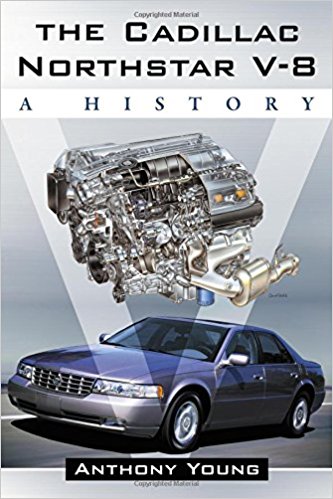
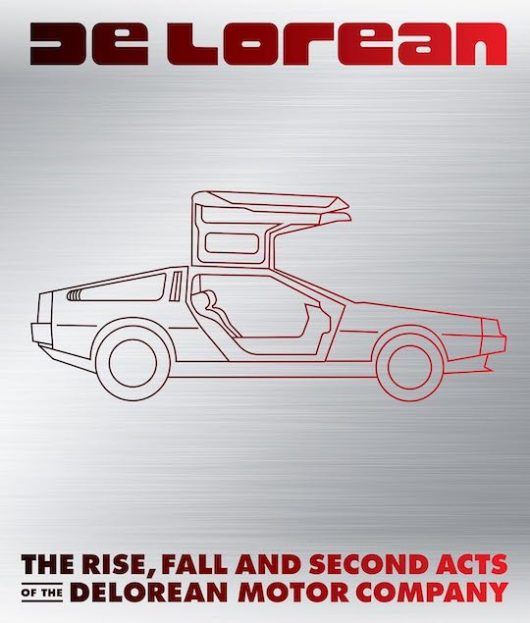
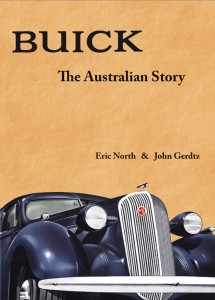
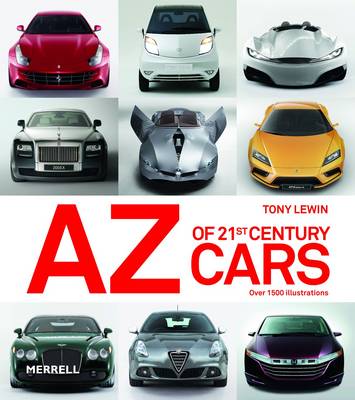
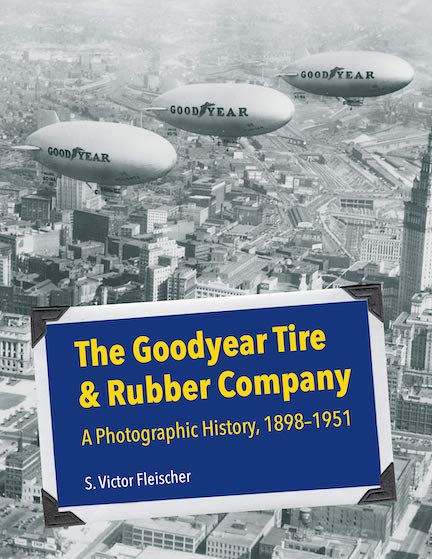
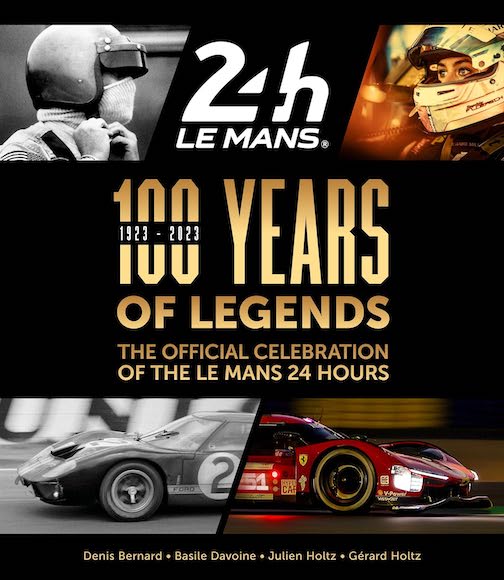

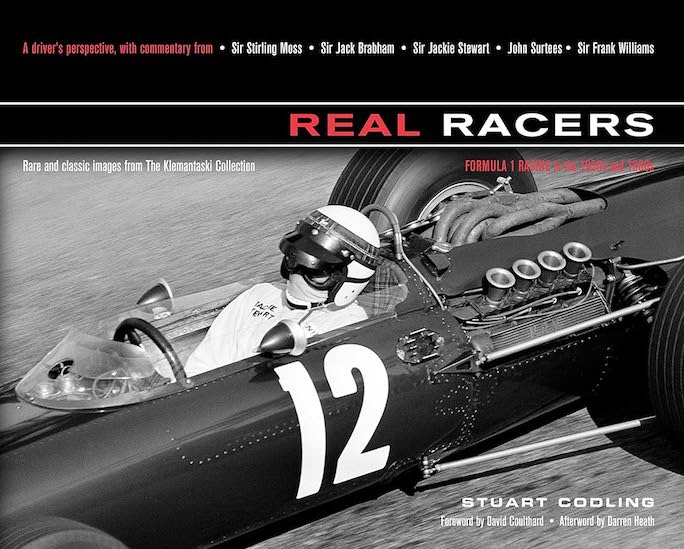
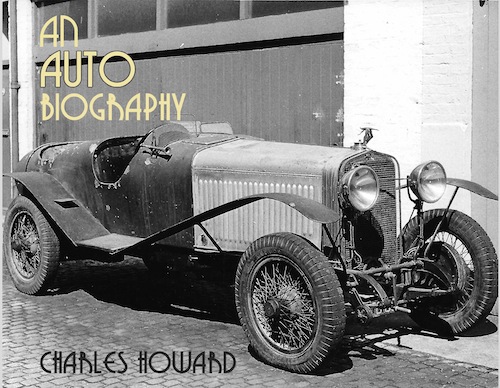
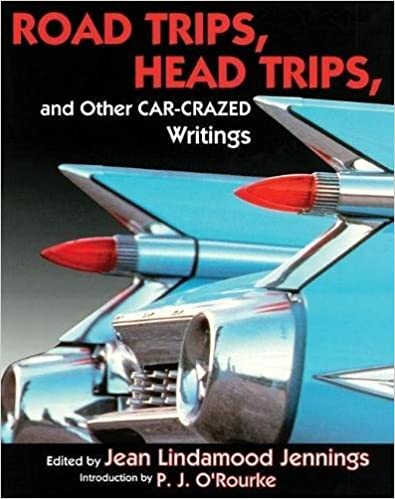
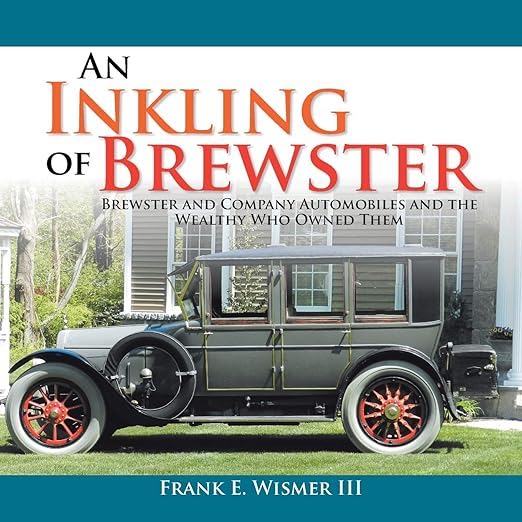
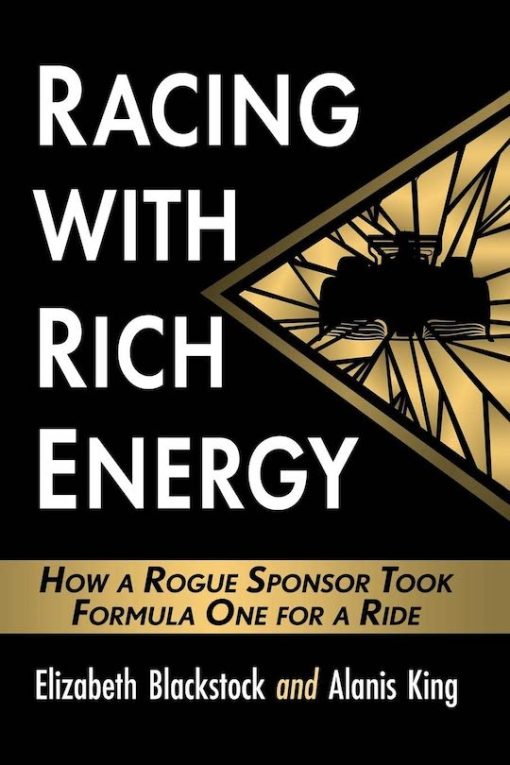
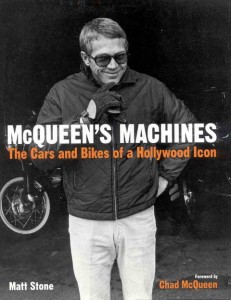
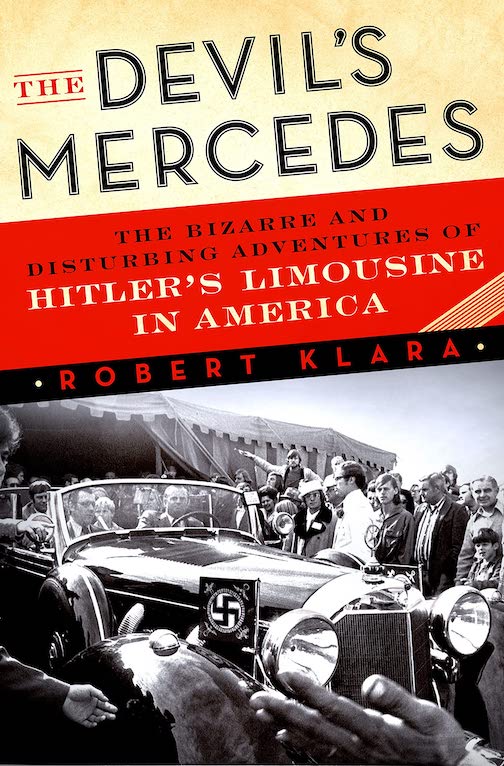

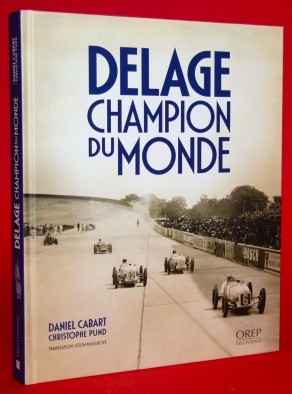
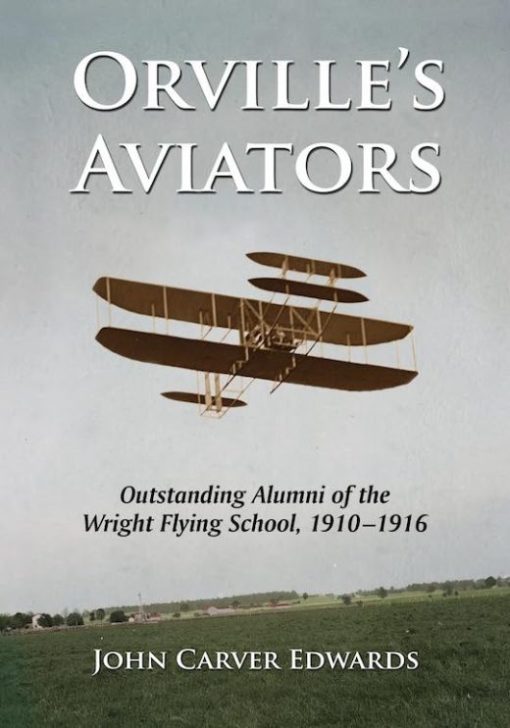
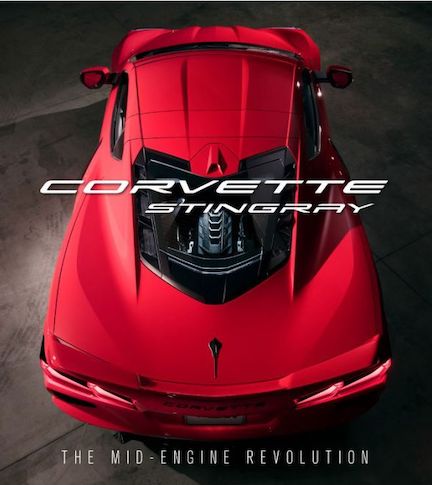


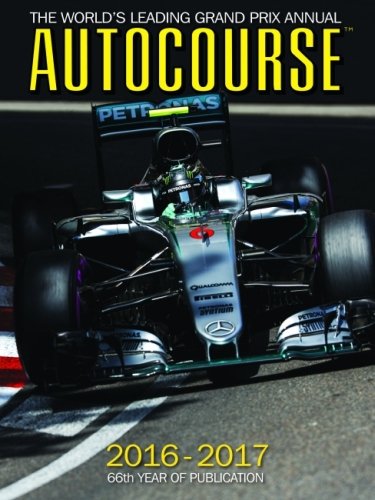



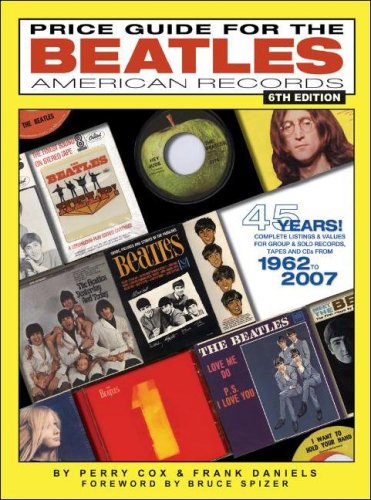


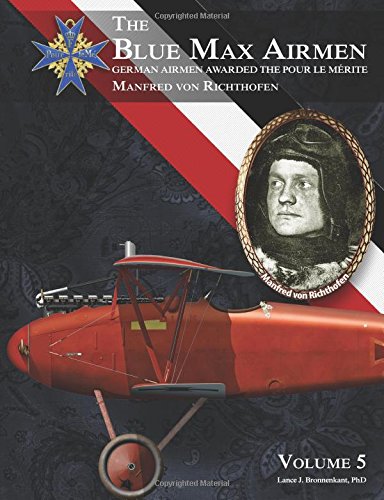

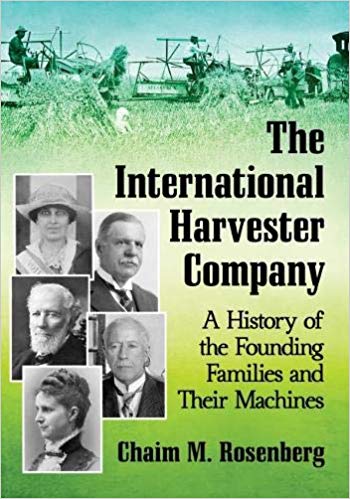
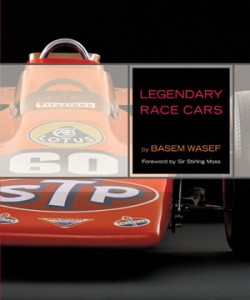



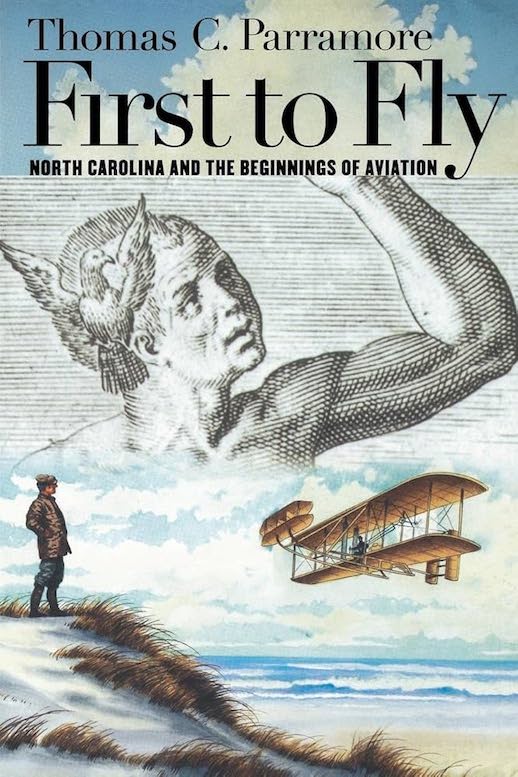
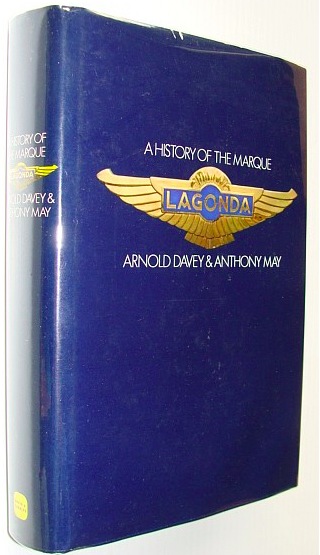
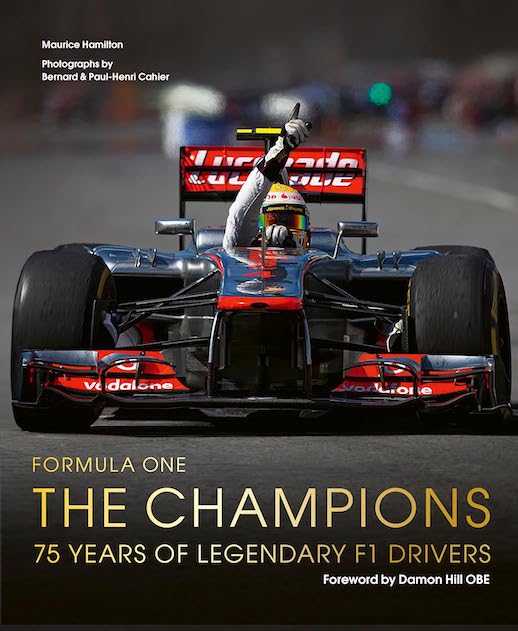
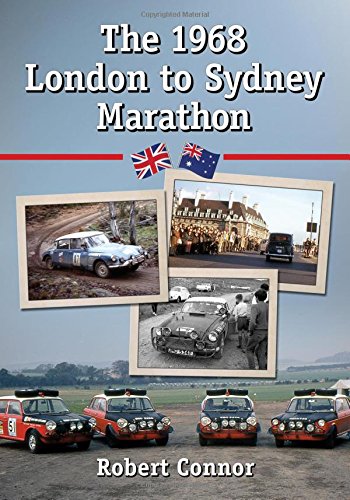


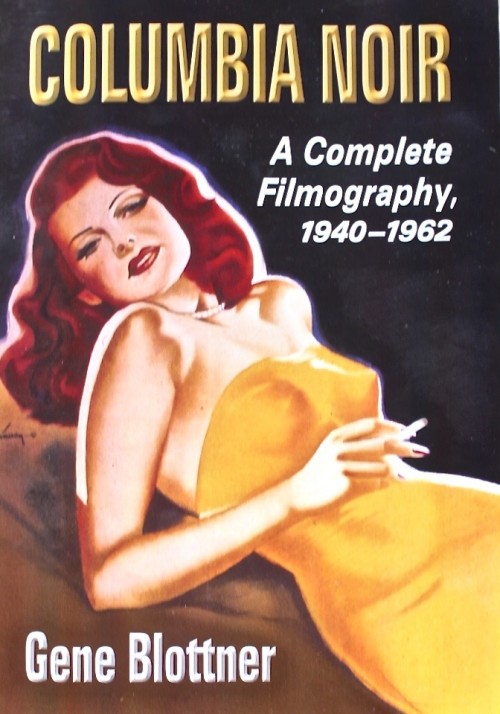
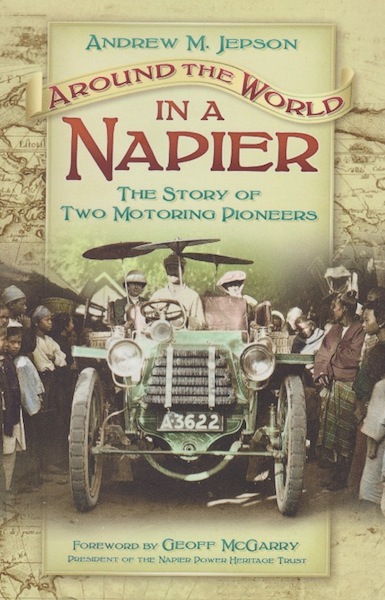
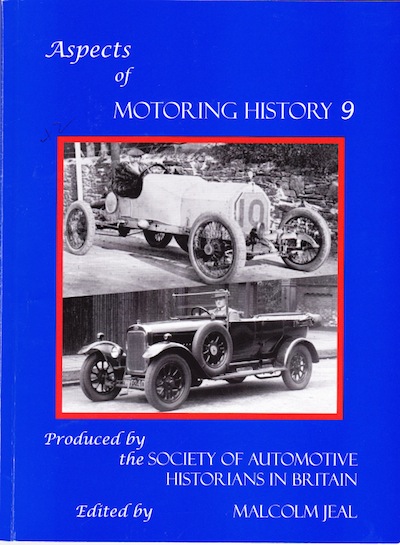
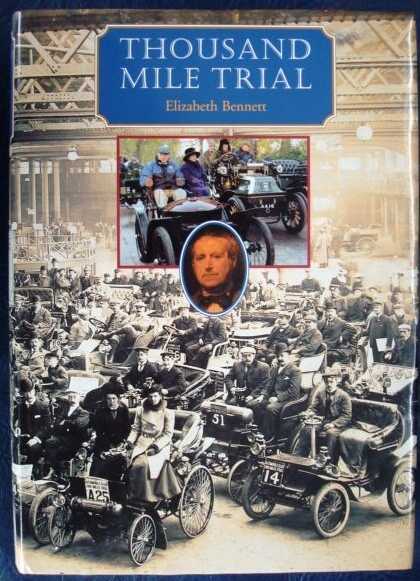
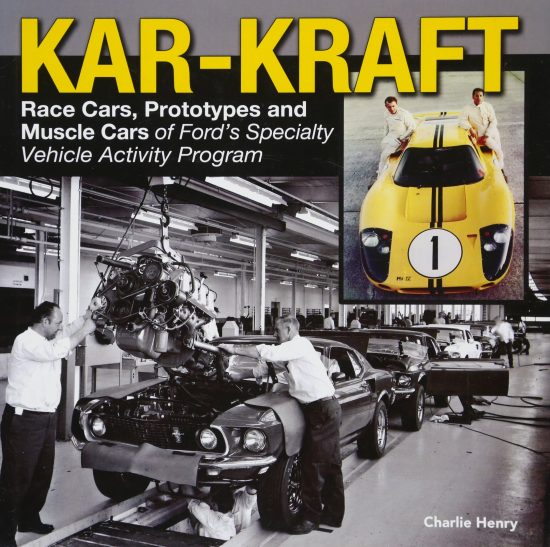

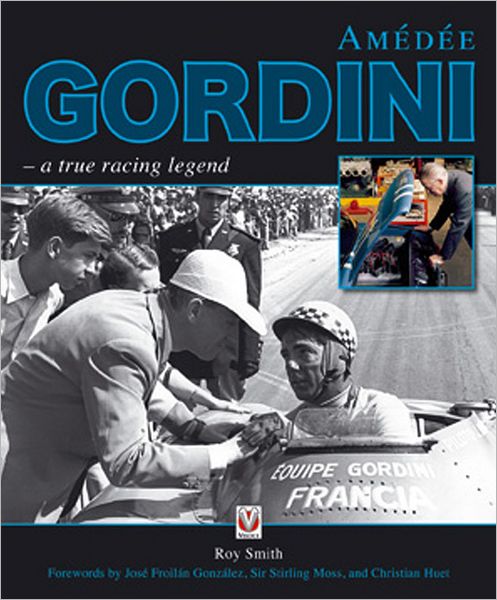
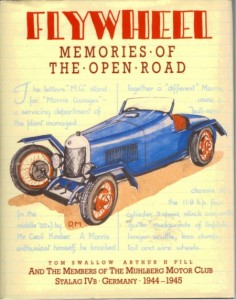
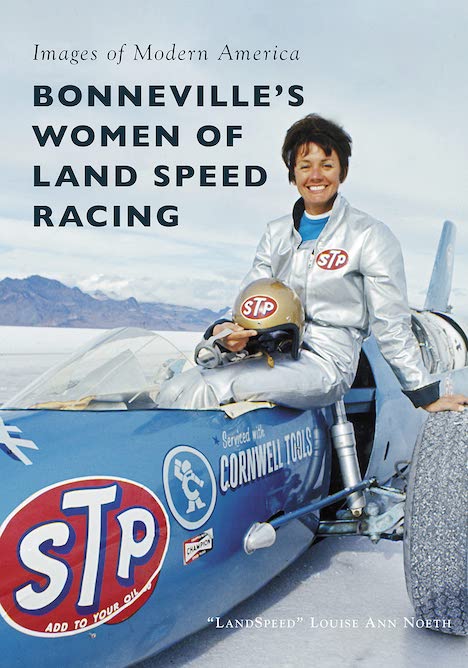


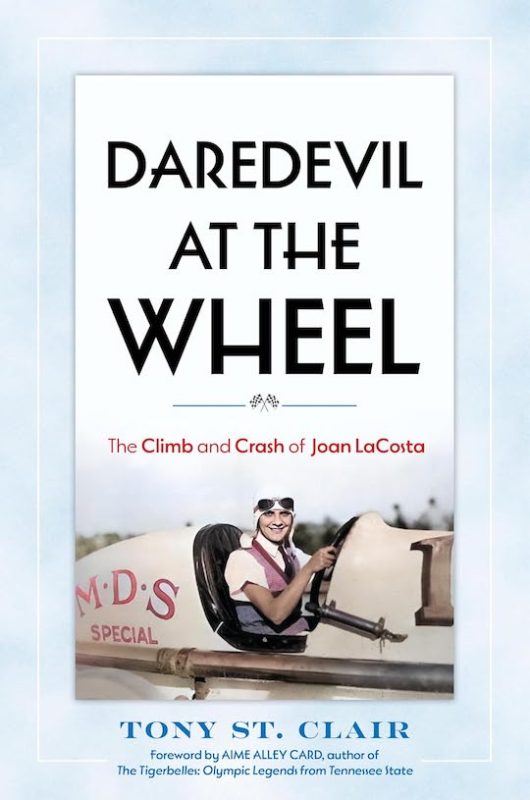

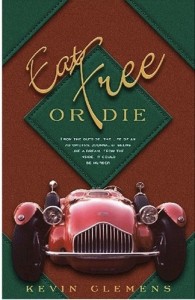



 Phone / Mail / Email
Phone / Mail / Email RSS Feed
RSS Feed Facebook
Facebook Twitter
Twitter
I just received my copy today just learned the book existed about two weeks ago! Impressive book plus lots of good photos!! I am interested in the 1950s/60s F1 era and this book appears to go into detail on this subject! Will start reading it in a few days! Thanks Mr Jenkins for this book!!!! GOOD HEALTH!!!!Wayne Wachtell
This book was just awarded the Royal Automobile Club Motoring Book of the Year. This is some achievement for an author’s first book, from a publisher not known for this type of book, and against some really impressive competition. I’m so glad that Richard took on this challenge, as Ginther’s story deserves to be told, and the author certainly dedicated himself to producing a book worthy of its subject. Well done, Richard, and hearty congratulations.
A comprehensive review, John, well done! My comment below pales beside it, but there it is anyway. Got the book for Christmas and really enjoyed it.
It’s one of the great pleasures in life, for me, to spend a quiet few days enjoying an informative book about what some might call a golden age of motor racing, the 1950s and 60s. Of course, we must not overlook that it had its very dark side, but I grew up devouring any book from the local library about racing, such as the ones featuring photographic images by Louis Stanley, the BRM insider, which gave such a feel for the era. At the time that I was so fascinated by this stuff, the modern era of corporate-speak and back-up team personnel numbering hundreds of individuals, and cars with buttons all over the steering wheel, and commentators spouting acronyms about drag reduction zones where overtaking could happen, and undercutting another car using the pit stop strategy, simply hadn’t happened yet.
So, any book which illuminates those different, grittier days, is surely worth exploring. Richie Ginther, Motor Racing’s Free Thinker, from Performance Publishing, is such a work. Its author, Richard Jenkins, has done a spectacularly good job in researching Ginther’s life, and he combines a thoughtful, well-informed text with many evocative photographs, many of which have probably not seen wider publication in the past.
Ginther came across to Europe to drive for Ferrari in 1960, one of a small band of Americans at that time pursuing the goal of Formula 1 success. He was not perhaps regarded as an absolute front rank driver by some, but nobody who can win a Grand Prix (Mexico 1965) and come joint runner-up in the drivers’ standings (1963) can ever be described as a slouch. And he matched Moss for lap after lap at Monaco in 1961, in a Grand Prix that Moss described as his greatest race. A lot has been made of the fact that the Ferrari was the class of the field that year, which distracts attention from the fact that Moss’s Lotus was a far better handling car at that point in the Ferrari’s development, and on a tight, twisty, unforgiving track at that.
There was a lot more to Ginther than the GP driver, though. His test and development driving was said to be second to none, a significant factor in the championship successes of Ferrari in 1961 and BRM in 1962. His pioneering use of the tail spoiler had its roots in his experience working on jets as a crew chief in the Korean conflict.
Jenkins takes us through all this, but also much more. There are numerous insights into many of the significant people in racing during these years, and Ginther’s interactions with them. The parts of the book that deal with this fascinating man’s life after retiring from the cockpit, are at least as interesting as the coverage of the driving years. The amount of attention to detail, and obvious legwork to talk to people still around to remember the story, is staggering.
A magnificent achievement, a book which I enjoyed tremendously and would highly recommend.
A superb review. Well done, Mr. Roberts.
Thank you Dave. I have only just seen your review and like John’s review, I greatly appreciate it. All has gone so well that book two – about Mike Spence – has been written and its in the hands of the same publisher. I’ve been so overwhelmed with all the kind comments about the book.
I bought this book after reading the excellent reviews in the UK motorsports press. It is a never-ending source of amazement to me that just when you think the well has run dry for 1950s / 60s / 70s stories then (another) fantastic publication like this arrives. I endorse all of the praise above – well worthy of it’s award and thoroughly recommended. I hope that the Mike Spence book arrives in time for my Christmas wish list!
Thank you Paul, I appreciate this very much.
Spence will be out for Christmas wish lists – it will be out around August/September and I’ll give John a copy of the book to review here (where I hope it is as well received as this one has been.)
This is not the real story. Don’t be fooled. Micheal Ling is the only author who has gotten close.